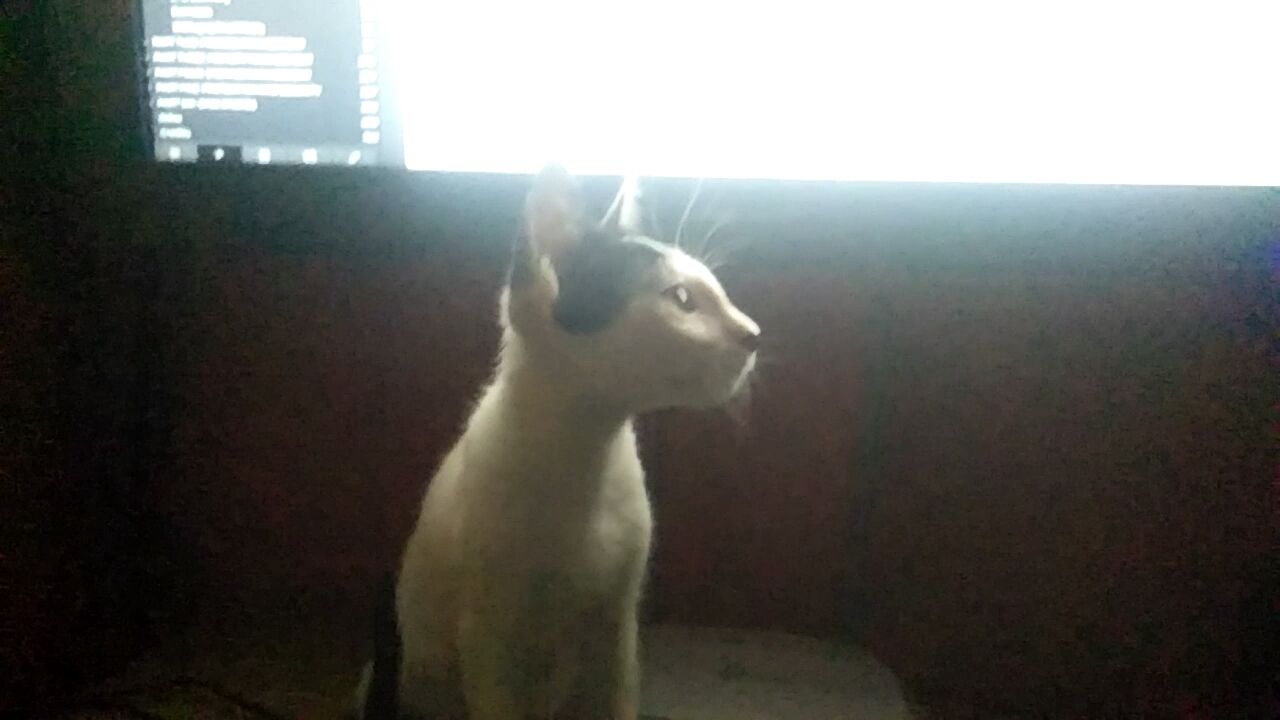636 reads
Start Contributing to Open Source Projects: A Beginner's Guide
by
December 30th, 2020
About Author
Saving the world by solving one syntax error a day
Comments
TOPICS
Related Stories
Don’t Be Intimidated by Open Source—Here’s How to Start Helping
@hacker-whohzb4
Jun 04, 2025
